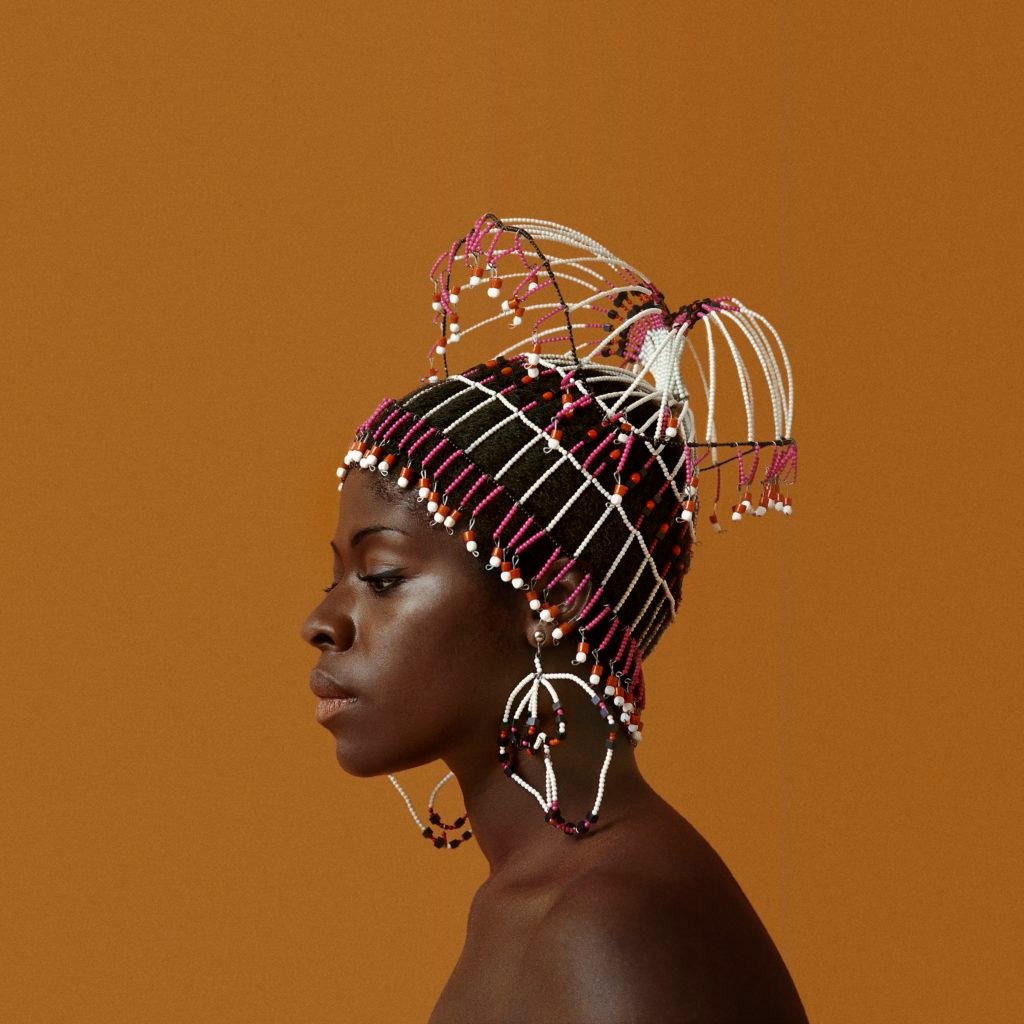Kwame Brathwaite, the photographer and activist whose work gave a visual identity to the “Black is Beautiful” movement, died on April 1. He was 85 years old.
The news was shared by his son, Kwame Brathwaite, Jr., in a Instagram post. “I am deeply saddened to share that my Baba, our family patriarch, our rock and my hero has made the transition,” wrote Brathwaite, Jr. “Thank you for your love and support during this difficult time.”
During his prolific 60-year career, Brathwaite has photographed jazz giants, elite athletes and models. Powerful black figures almost always at the center of his frame, and he depicted them in ways that celebrated their pride and style without conforming to white, Eurocentric standards of beauty.
“Kwame’s photos… were a cultural game-changer and informed a new direction for black Americans that had a global effect,” graffiti pioneer Fab 5 Freddy told Artnet News.
Despite his accomplishments, it was not until the last decade of Brathwaite’s life that he received recognition from the institutional art world. The first major retrospective of his work, organized by the Aperture Foundation, opened in 2019 at the Skirball Cultural Center in Los Angeles, and has since traveled to numerous institutions across the country, including the Detroit Art Institute, the New York Historical Society and the University of Alabama.
The show and its concurrent monograph– also Brathwaite’s early ones – were titled after the grassroots race equality movement it is now synonymous with: ‘Black is Beautiful’.
“His images, carefully calibrated to reflect a specific moment, made the dark beautiful for those who lived in the 1960s, and continue to do so for a generation today who may only be discovering his work now” , said author and historian Tanisha C. Ford. written in 2017.
Brathwaite did not invent the name of the movement, nor was he its architect. But the photographer “brought the notion of Black is beautiful ‘in a visual way,'” said Isolde Brielmaier, curator, researcher and deputy director of the New Museum. ”
“He saw his images as a tool to create space in a very strong and bold way for black people and Blupresence “, Brielmaier said. “He both created culture and captured it.”
The child of Barbadian immigrants, Brathwaite was born in Brooklyn on New Year’s Day 1938. His family moved to Harlem, then to the South Bronx, and he later attended the prestigious School of Industrial Art (now called the High School of Art and Design). .
In 1956 Brathwaite and his brother, Elombe Brath, founded the African Jazz and Art Society and Studios (AJASS), a social group and creative center organized around music, art, dance and performance. policy. That same year, he saw a friend take photos without flash in a dark jazz club – a technique that opened his mind to the creative possibilities of the medium.
Brathwaite began his own photography practice soon after, taking his camera to various New York jazz venues as the genre’s mid-century masters passed through town. John Coltrane, Miles Davis, Duke Ellington and Thelonious Monk were among the subjects he formed his focus on during this time.
In the early 1960s, Brathwaite began photographing various young black women he called Grandassa Models. Many appeared in a Harlem fashion show titled “Naturally ’62”, which Brathwaite and other members of the AJASS community founded in 1962. The show was held every other year until 1973, and sporadically during 19 more years after that, according to a 2021 Magazine T artist profile.
“We said, ‘We have to do something to make women feel proud of their hair, proud of their blackness,'” Brathwaite told Ford.

by Kwame Brathwaite Untitled (Sikolo with Carolee Prince Designs) (1968, printed 2017). Courtesy of the artist and Cherry and Martin, Los Angeles.
By the 1970s, Brathwaite had expanded his focus by photographing pop music stars such as Whitney Houston, Michael Jackson and Stevie Wonder, as well as boxing legends Muhammad Ali and George Foreman.
Brathwaite continued to accept assignments until late in life. His last commission dates from 2018, when he photographed the artist Joanne Petit-Frère for the new yorker.
“There is a history of black people and black culture, black activism and black life that can be traced through its many images,” Brielmaier said. “It’s all there in his work, which I think is quite deep.”
Follow Artnet News on Facebook:
Want to stay one step ahead of the art world? Subscribe to our newsletter to receive breaking news, revealing interviews and incisive reviews that move the conversation forward.
